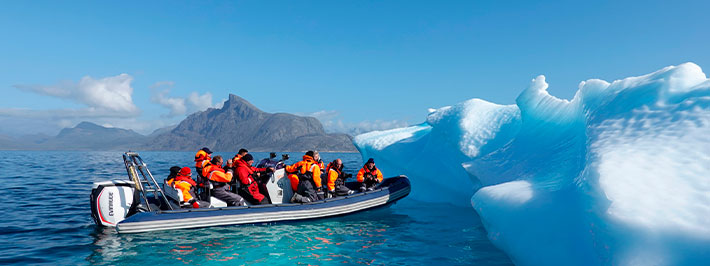
Giant drifting iceberg threatens the environment
An iceberg that broke off the Antarctic ice shelf three years ago is on a collision course with South Georgia, an island in the Atlantic Ocean.
The iceberg, known as A-68A, is currently the largest in the world and could end up blocking part of the coast, according to the European Space Agency.
Scientists have been tracking the icebergs position via satellite since it separated from Antarctica in July 2017, and the latest ESA update places it just 350 kilometers from the island.
If the iceberg were to anchor against the coast of South Georgia, it could remain there for up to 10 years, crushing the feeding routes and life on the seafloor that feeds the penguins and seals.
After another iceberg, known as A38, ran aground there in 2004, dozens of penguin chicks and baby seals died along the coast.
ESA scientists, who have mapped the icebergs historical footprints from satellite data, expect currents to wash the A-68A iceberg around South Georgia and to the northwest.
The Antarctic Ice Sheet is one of the fastest warming parts of the planet. It represents 61% of the planets fresh water reserves: if it melted in its entirety, it would raise the sea level by about 58 meters, or a seventeen-story tower.
The rate of ice mass loss corresponds to the worst-case scenario of sea level rise defined by the Intergovernmental Panel on Climate Change, according to a study published in Nature Climate Change in August.
Greenland and Antarctica together lost 6.4 million tons of ice between 1992 and 2017, causing sea levels to rise 17.8 millimeters.
South Georgia, a British overseas territory 800 miles southeast of the Falkland Islands, is home to around 5 million seals, 65 million nesting birds and around 1.3 million pairs of protected chinstrap penguins. The island is home to one of the largest penguin colonies in the world.